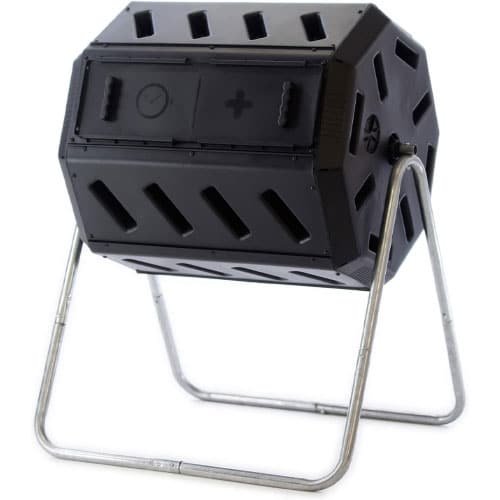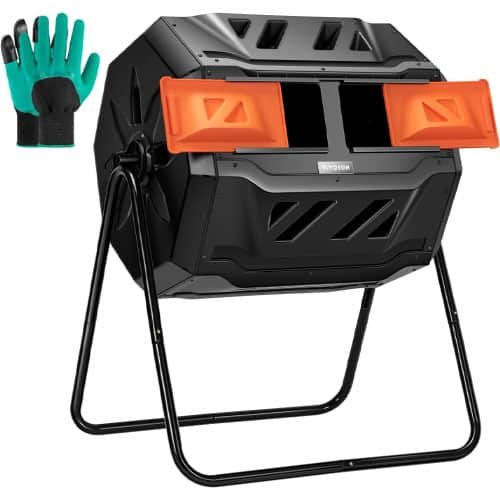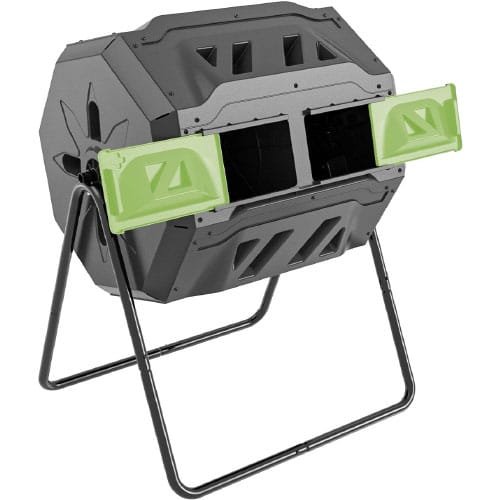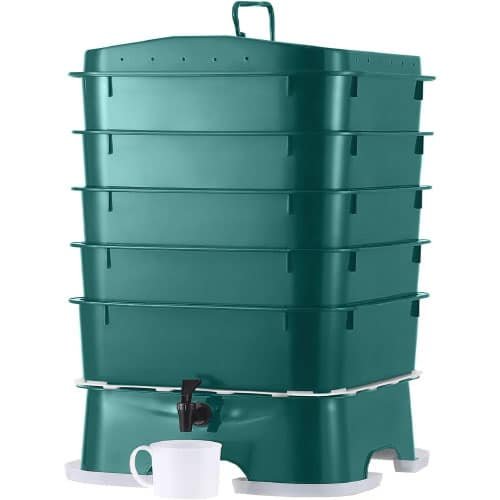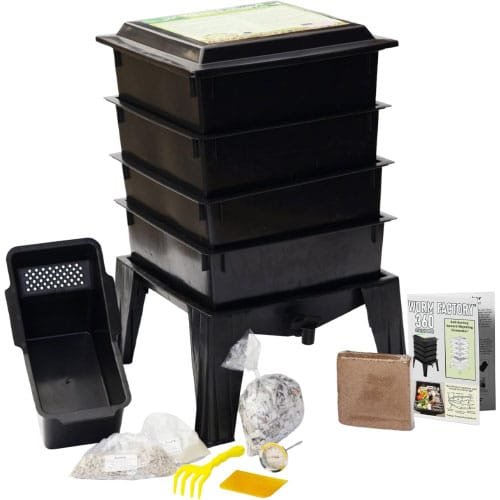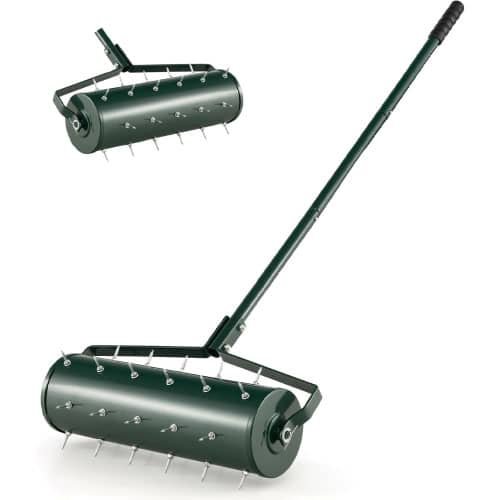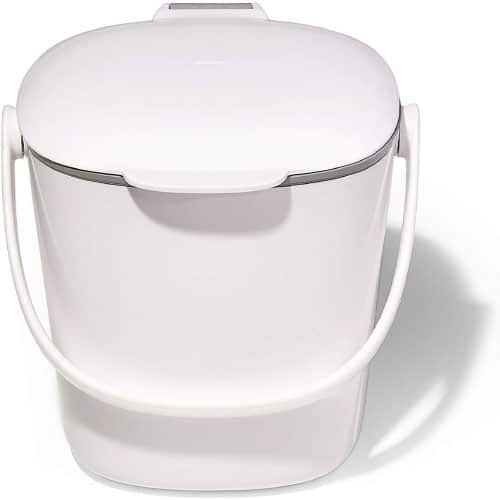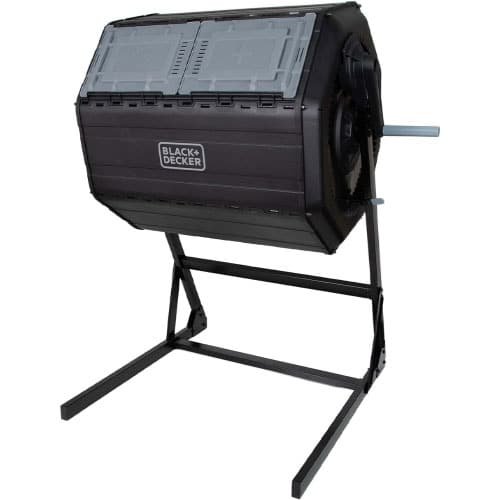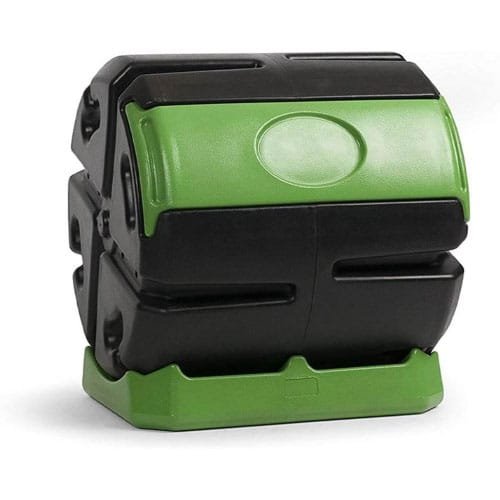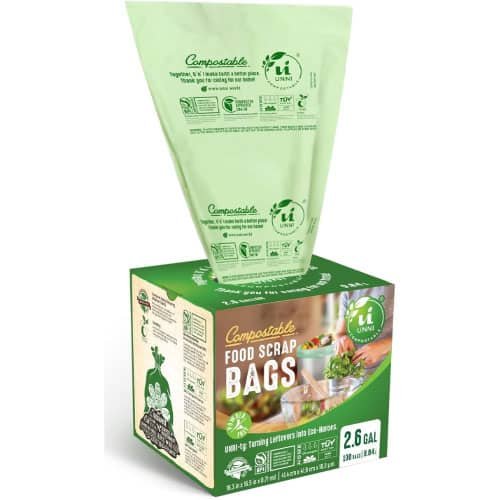Imagine turning yesterday’s kitchen scraps and yard waste into nutrient-packed fertilizer that’s good for your plants and the planet. That’s the magic of composting! It’s not just for environmental pros or seasoned gardeners—it’s a simple, impactful habit anyone can adopt to live more sustainably.
This guide will walk you through the benefits of composting and show you exactly how to get started. By the end, you’ll have everything you need to turn everyday waste into what gardeners call “black gold.” Excited? Let’s dig in!
Getting Started with Composting
Are you ready? Great! Composting is surprisingly straightforward, and you can tailor the setup to suit your space and lifestyle.
Step 1: Choose Your Composting Method
Not all composting approaches are the same—pick the one that works best for you:
Backyard Composting
If you have outdoor space, a backyard bin or pile is perfect. You can start with a basic bin or invest in a more advanced system for faster results. Here are some options to consider:
Makes mixing easy and speeds up decomposition.
Sturdy and efficient with dual chambers for continuous composting.
Features dual chambers and adjustable vents for quick results.
Indoor Composting
No yard? No problem. Indoor systems like worm composting (vermicomposting) or bokashi fermenters are odorless and perfect for small spaces. Check out these options:
Compact and efficient with red worms to break down food scraps.
Step 2: Know What to Compost
Successful composting comes down to adding the right mix of materials. Think greens for nitrogen and browns for carbon.
What to Add
• Greens (Nitrogen): Fruit and veggie scraps, coffee grounds, grass clippings.
• Browns (Carbon): Dried leaves, cardboard, paper, wood chips.
What to Avoid
• Dairy or oily foods (attracts pests)
• Meat or bones (same issue)
• Pet waste or diseased plants
Pro Tip: For a balanced compost pile, aim for two to three parts browns to one part green.
Step 3: Keep Your Compost Healthy
Maintaining your compost doesn’t take much effort, but a little attention goes a long way. Here’s what to keep in mind:
• Aeration: Turn the pile every 1-2 weeks using a pitchfork or compost aerator. More airflow = faster decomposition!
• Moisture: Your compost should feel like a damp sponge—not too wet or too dry. Sprinkle in water if needed.
• Balance: Too much nitrogen (greens) can make it smelly. Add browns (leaves or shredded paper) to fix it.
Step 4: Troubleshoot Common Problems
Worried about things going wrong? Don’t be! Most issues are easy to fix:
Bad Odor? Add more browns and turn the pile. It’s likely too wet or heavy on greens.
Too Dry? Sprinkle water evenly and mix.
Slow Decomposition? Chop up larger pieces and ensure you’re turning the pile regularly.
Step 5: Harvest Your Compost
After a few months, your compost will break down into dark, crumbly, earthy-smelling material. Congratulations—it’s ready to use! Here’s how to put it to work:
1. Enrich Your Garden Soil: Mix it into garden beds to boost nutrients and overall soil health.
2. Use as Mulch: Spread it around plants to lock in moisture and reduce weeds.
3. Make Compost Tea: Steep finished compost in water for a liquid fertilizer your plants will love.
Bonus Tools to Elevate Your Composting Game
To make composting even easier, check out these must-haves:
Why Not Start Composting Today?
Composting isn’t just about reducing waste—it’s about creating something valuable while making the planet a little greener. From cutting landfill contributions to giving your plants the nutrients they need to thrive, every step you take matters. Plus, it’s easy to start small and grow as you get the hang of it!
What are you waiting for? Grab a bin, gather those scraps, and start composting today. Your garden—and the Earth—will thank you!


